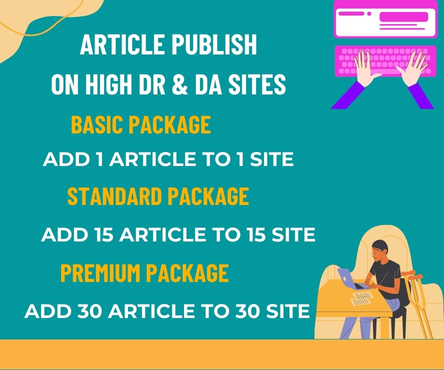In today’s digital landscape, having a strong online presence is crucial for businesses, organizations, and individuals alike. With millions of websites competing for attention, it can be daunting to stand out from the crowd and increase your online visibility. This is where SEO optimization comes in – a powerful tool that can help you rise through the ranks and get your content seen by the right people.
Understanding SEO: The Basics
SEO is the process of optimizing your website and online content to rank higher in search engine results pages (SERPs) for specific keywords and phrases. This involves understanding how search engines like Google, Bing, and Yahoo work, and what factors influence their algorithms. The key is to create content that is both relevant and valuable to your target audience, while also meeting the technical requirements of search engines.
Keyword Research: The Foundation of SEO
Keyword research is the first step in any SEO strategy. It involves identifying the words and phrases your target audience uses to search for content like yours. This can be done using tools like Google Keyword Planner, Ahrefs, or SEMrush. By understanding what keywords are most relevant to your business, you can create content that speaks directly to your audience’s needs and interests.
On-Page Optimization: Fine-Tuning Your Content
On-page optimization involves fine-tuning your website and content to make it search engine friendly. This includes:
- Title Tags: Writing attention-grabbing title tags that accurately reflect the content of your page.
- Meta Descriptions: Crafting compelling meta descriptions that entice users to click through to your page.
- Header Tags: Organizing your content with header tags (H1, H2, H3, etc.) to improve readability and structure.
- Content Quality: Creating high-quality, engaging, and informative content that adds value to your audience.
- URL Structure: Using descriptive, concise URLs that help search engines understand your content.
Technical SEO: The Behind-the-Scenes Work
Technical SEO involves optimizing the behind-the-scenes elements of your website to improve crawlability, indexability, and overall performance. This includes:
- Page Speed: Ensuring your website loads quickly (less than 3 seconds) to improve user experience and search engine rankings.
- Mobile-Friendliness: Ensuring your website is responsive and accessible on all devices, including smartphones and tablets.
- SSL Encryption: Installing an SSL certificate to secure your website and protect user data.
- XML Sitemaps: Creating and submitting XML sitemaps to help search engines understand your website’s structure.
Link Building: The Power of Authority
Link building is the process of acquiring high-quality backlinks from authoritative sources to increase your website’s authority and ranking. This can be done through:
- Guest Blogging: Writing guest posts for other reputable websites to build relationships and earn backlinks.
- Resource Pages: Creating resource pages that link to other high-quality websites in your niche.
- Broken Link Building: Finding broken links on other websites and offering to replace them with working links to similar content on your website.
Tracking and Measuring Success
To measure the success of your SEO efforts, you’ll need to track key metrics such as:
- Organic Traffic: Monitoring the number of visitors coming to your website from search engines.
- Keyword Rankings: Tracking your website’s ranking for specific keywords and phrases.
- Conversion Rates: Measuring the number of leads, sales, or other desired actions generated from your website.
Conclusion

